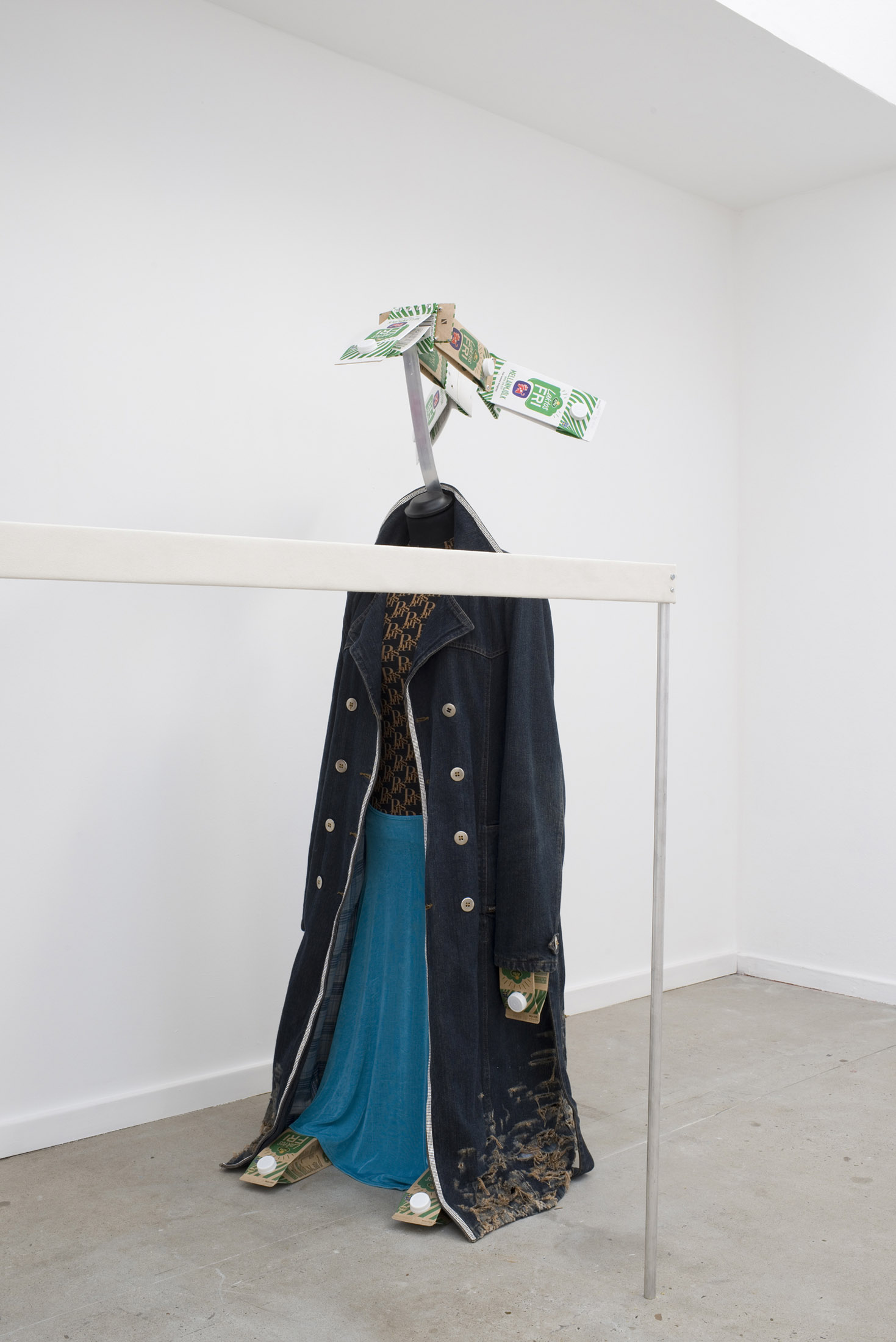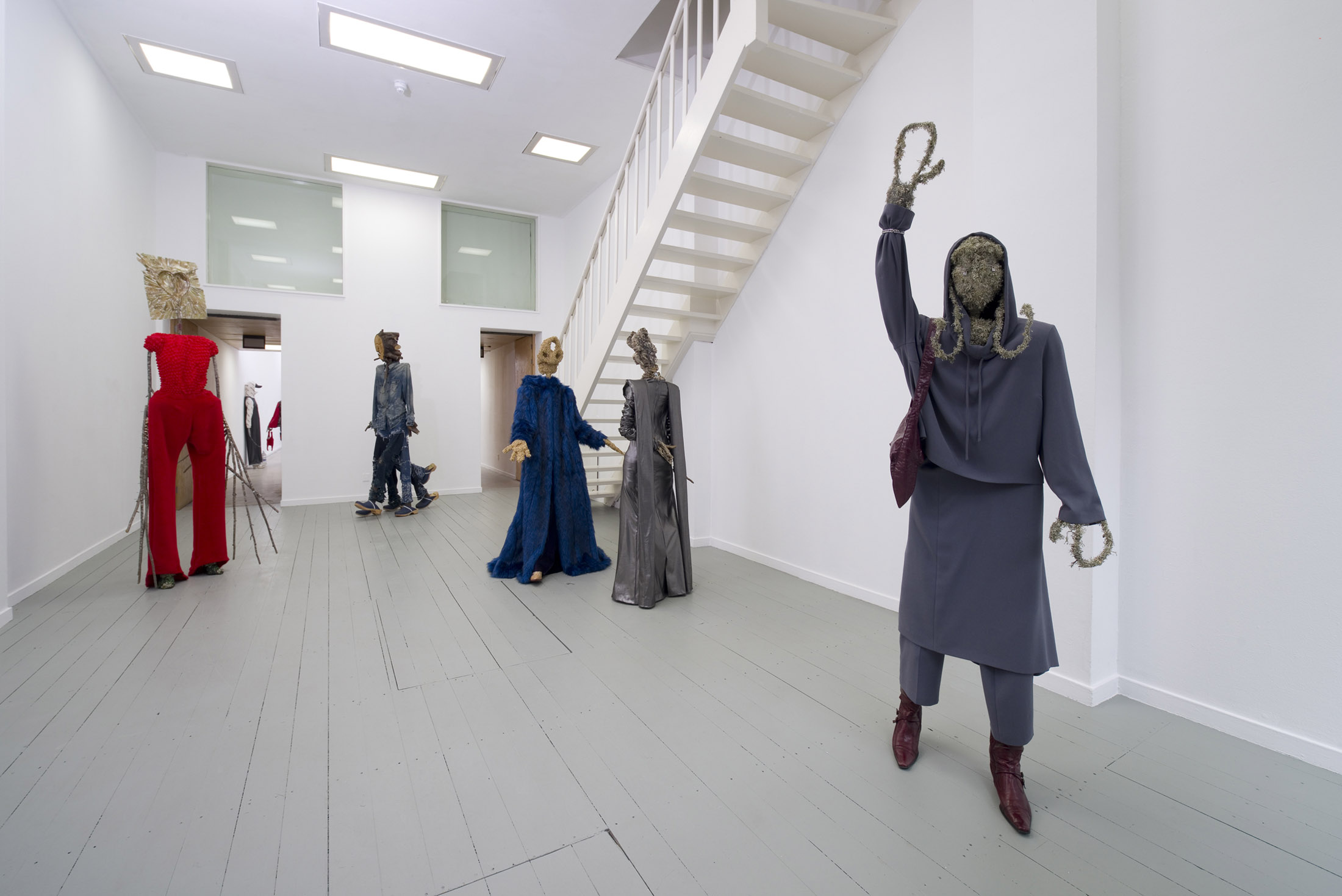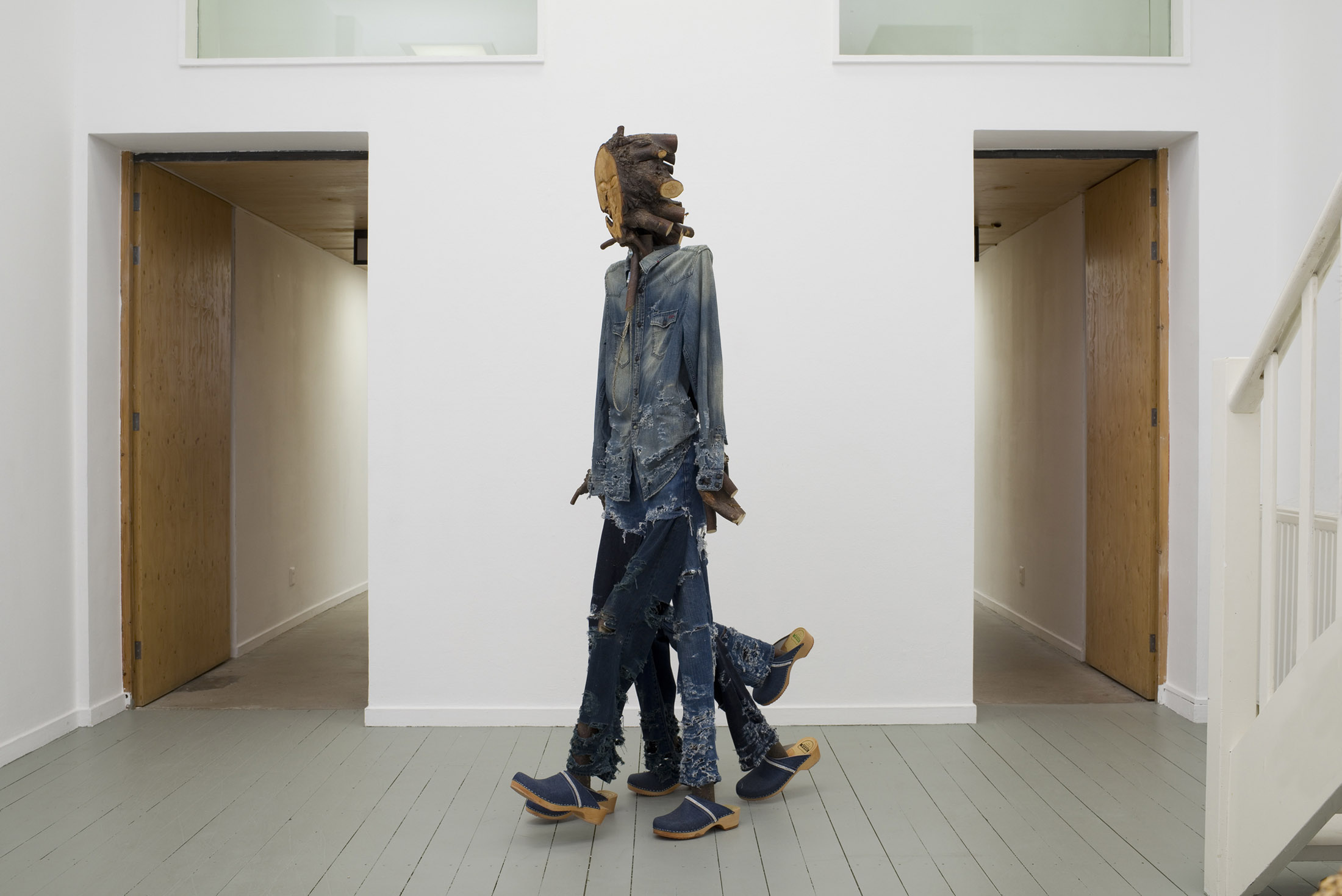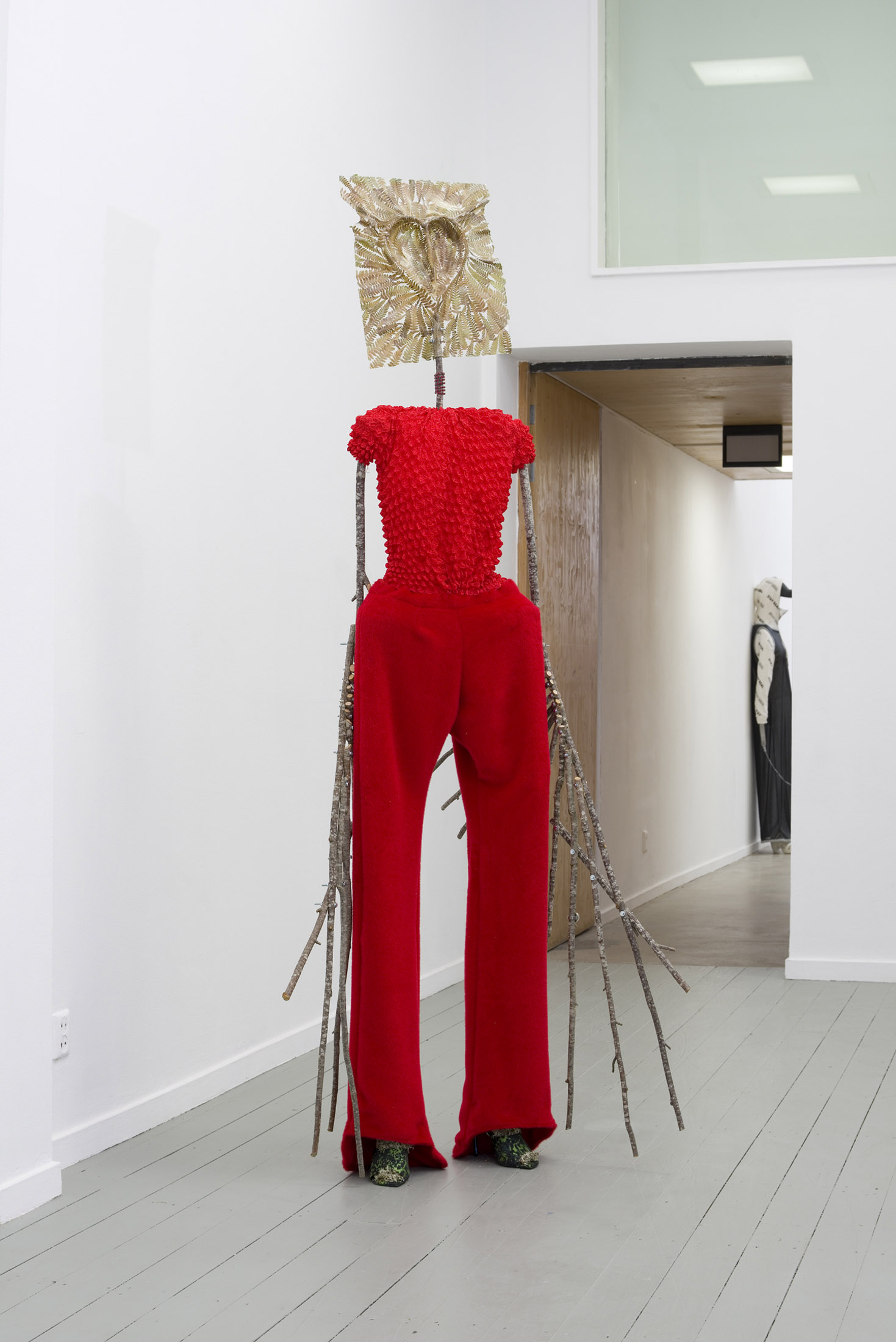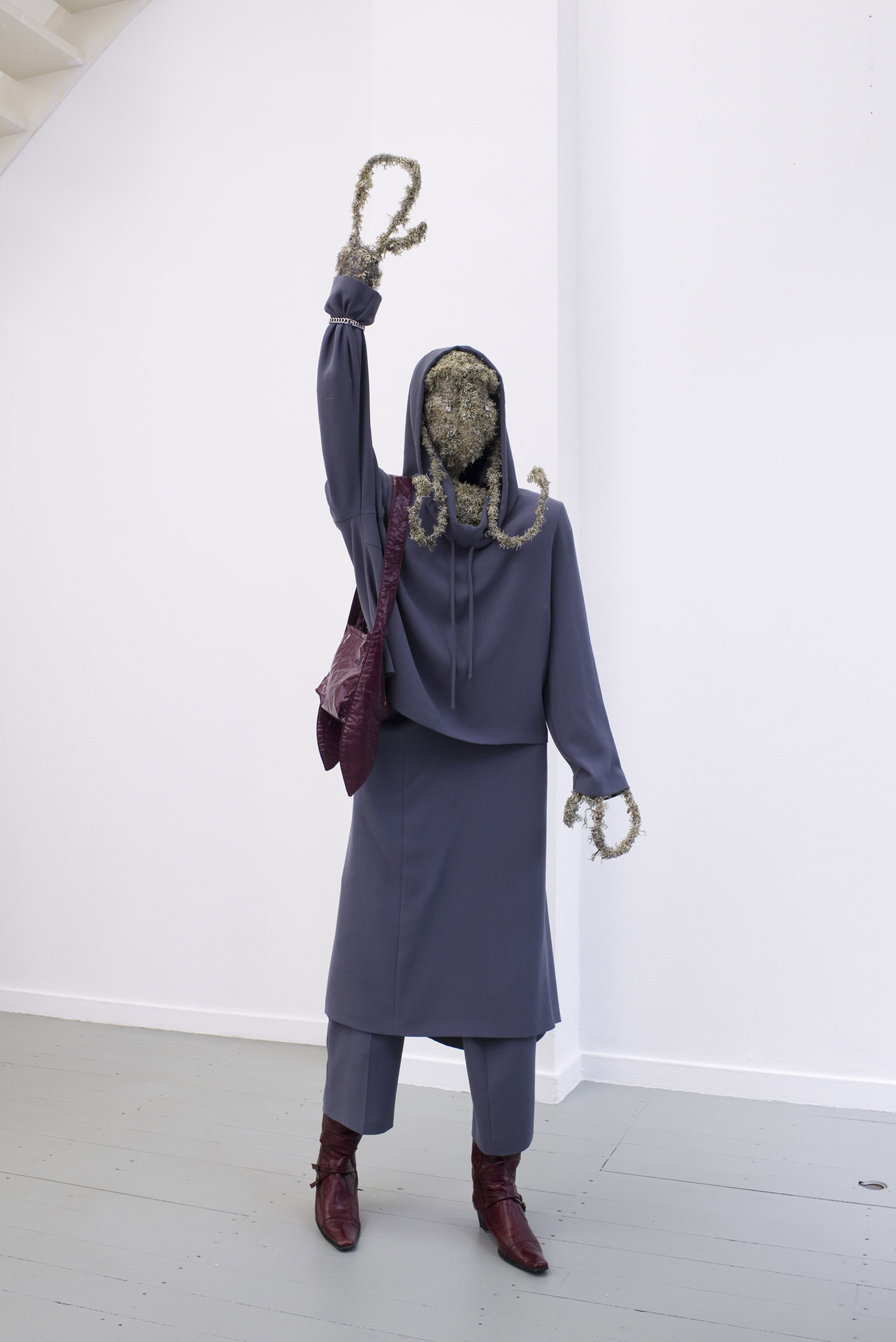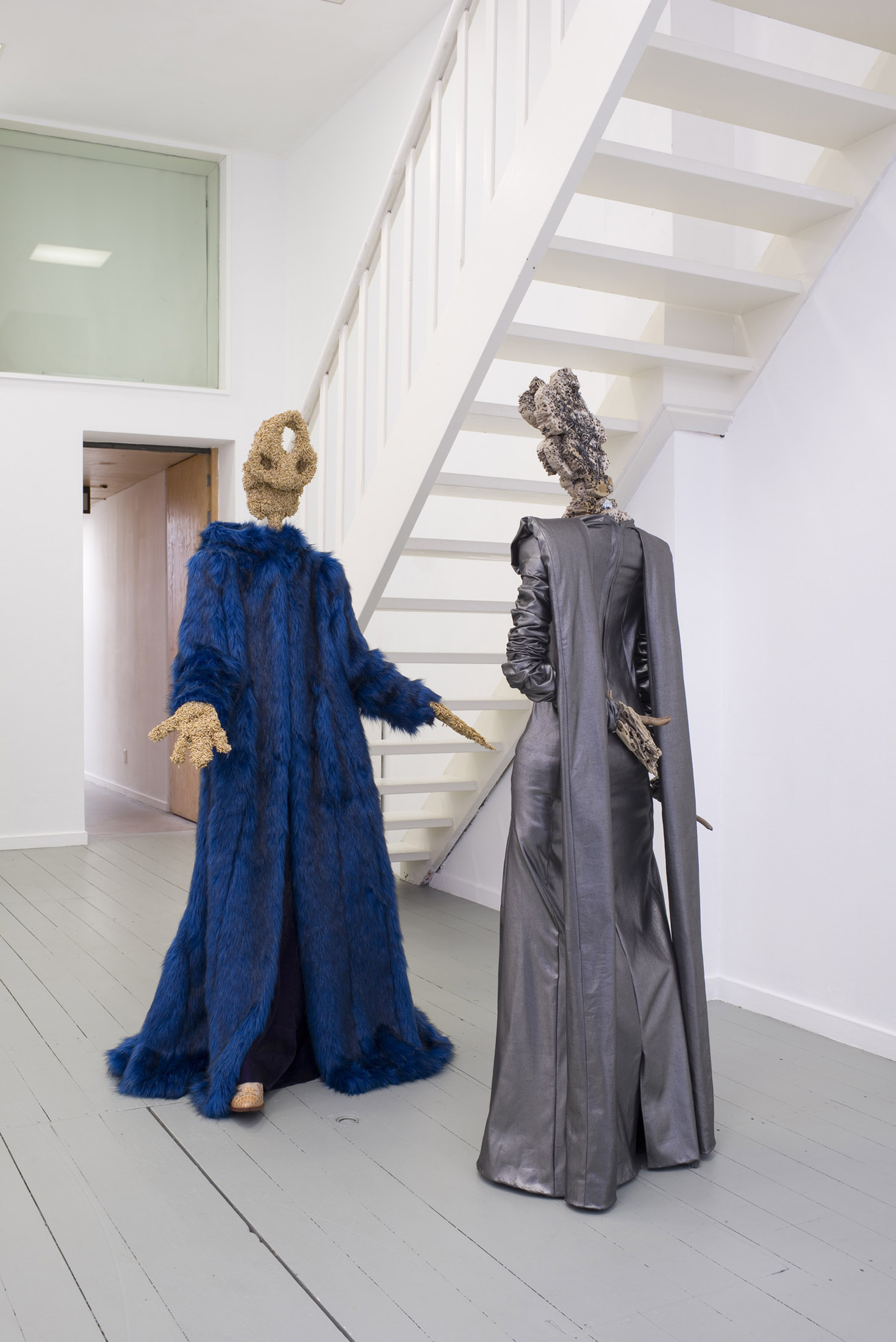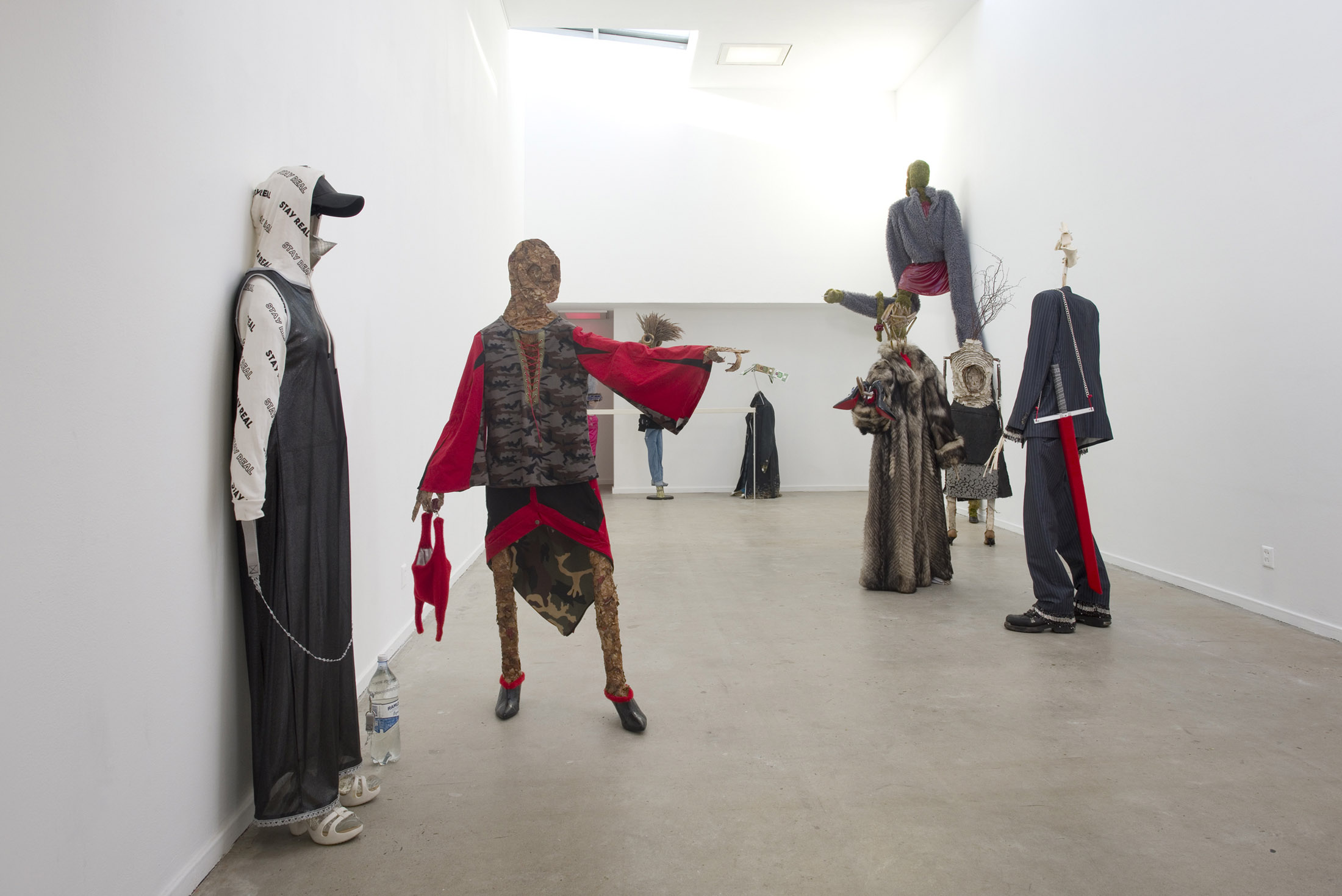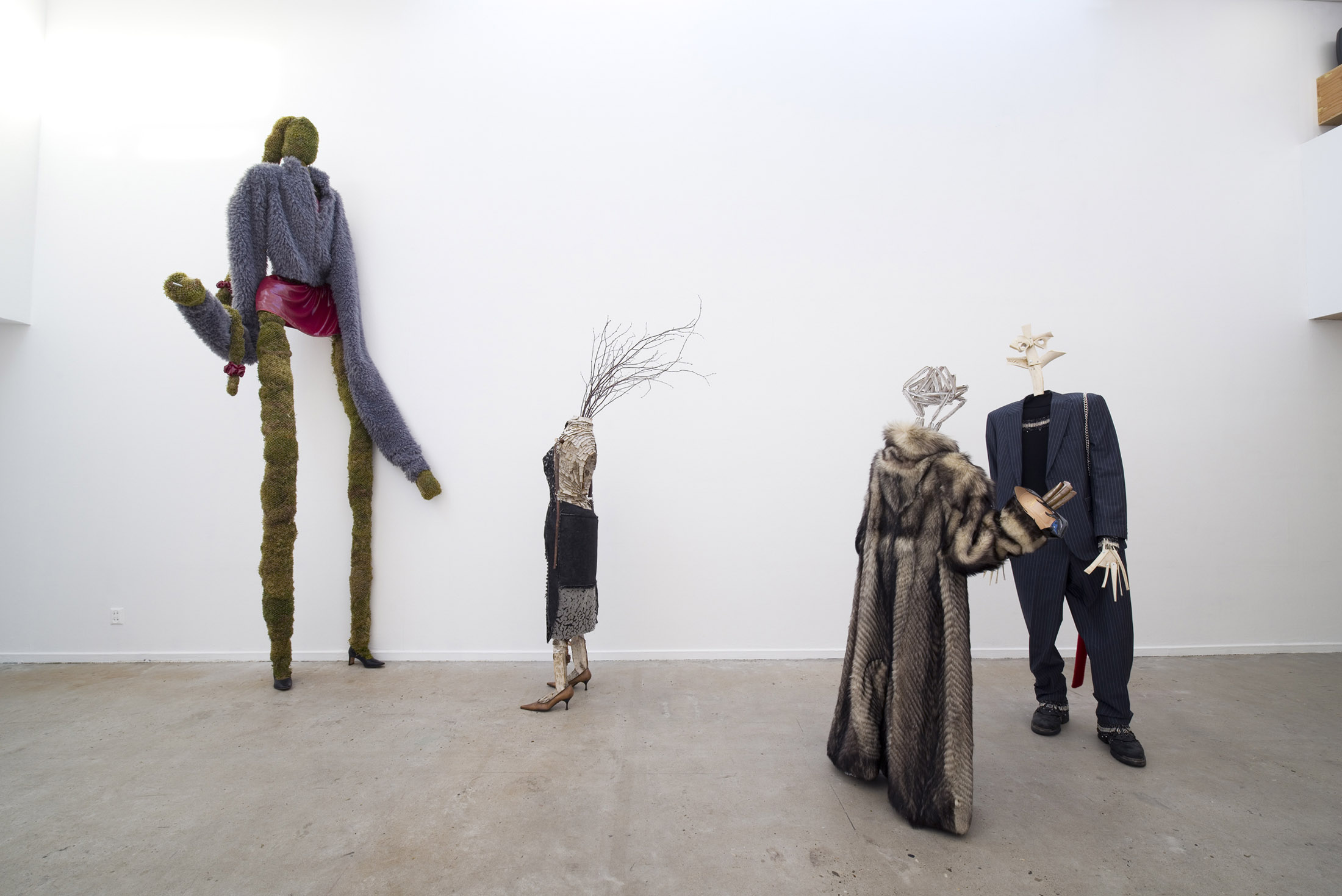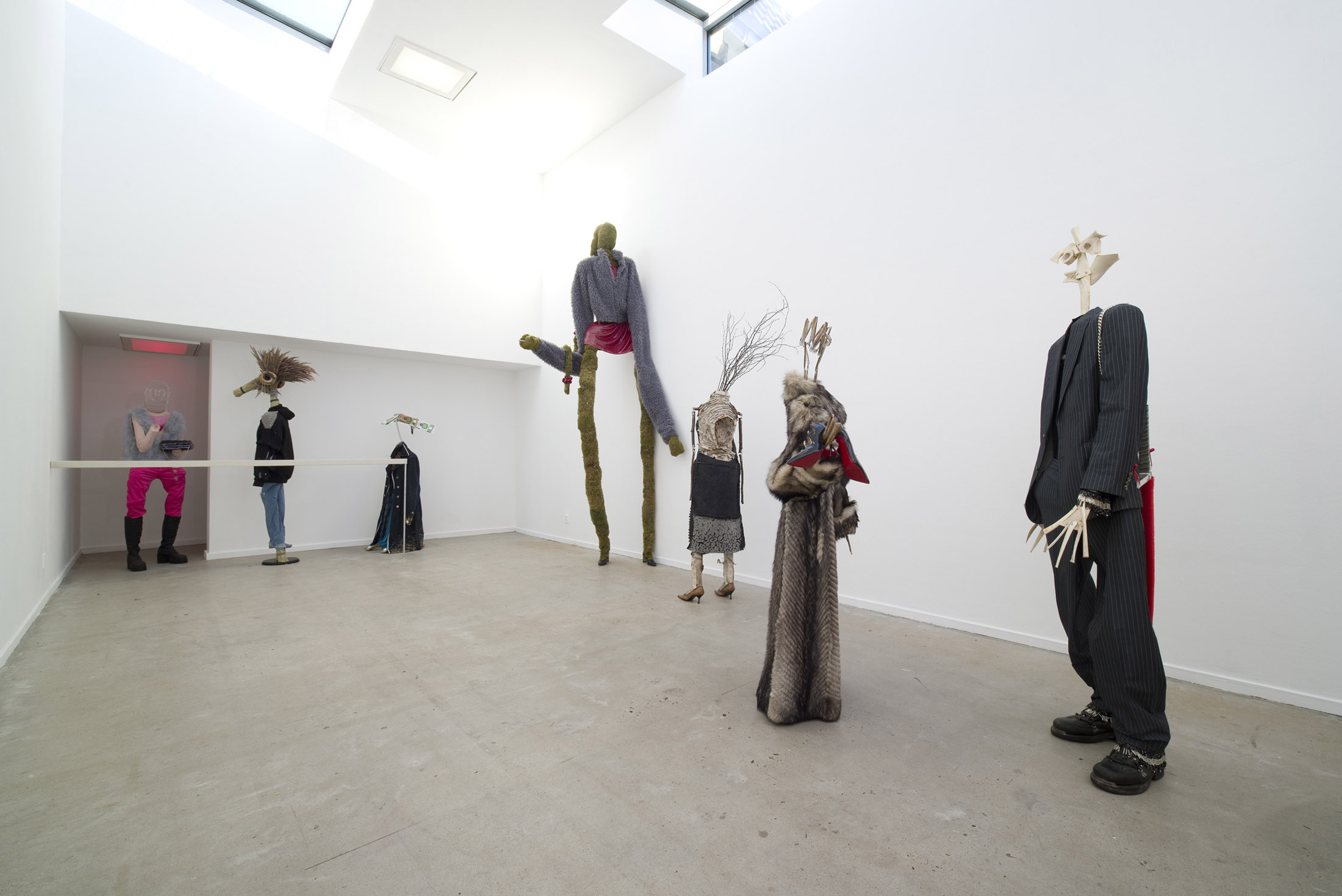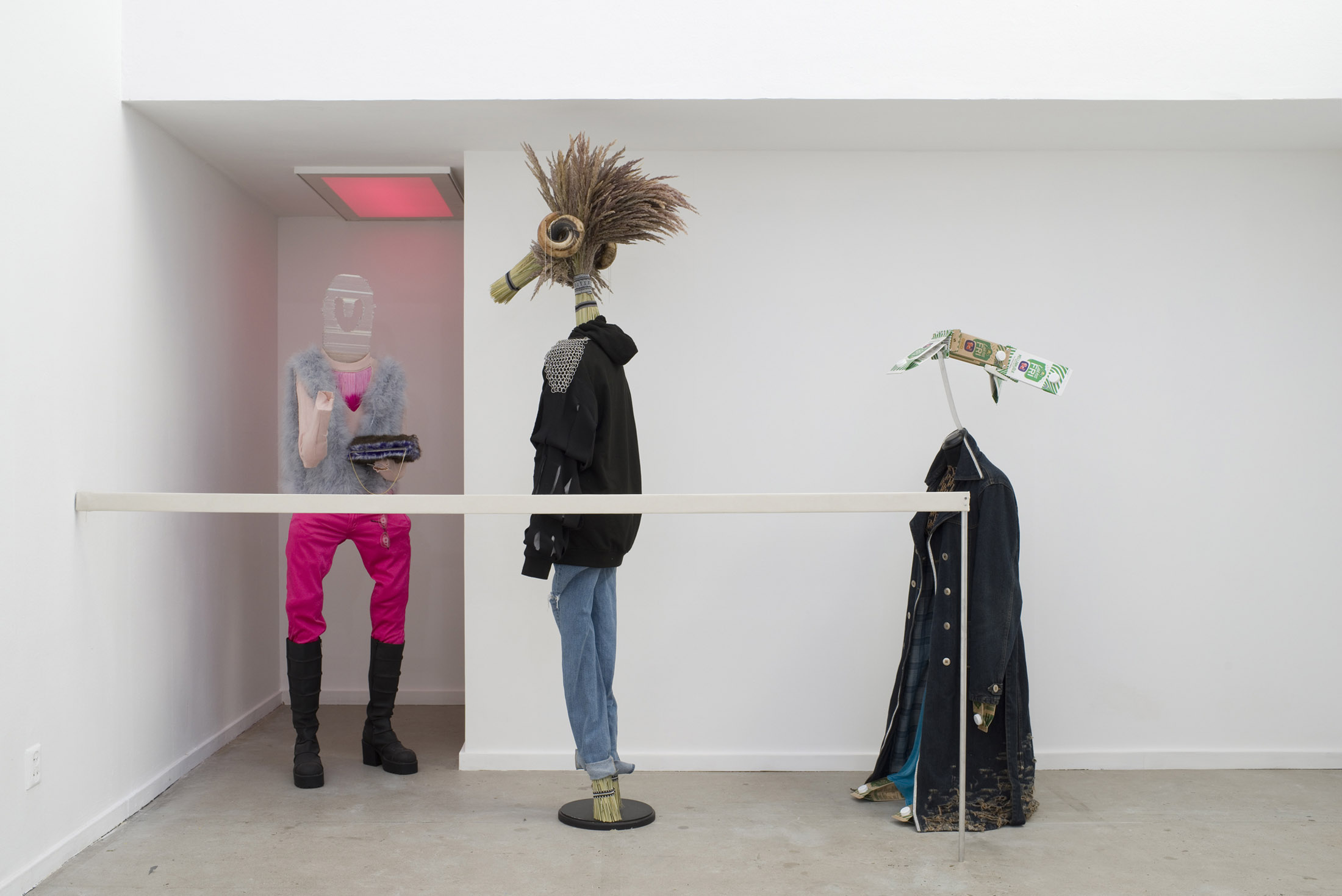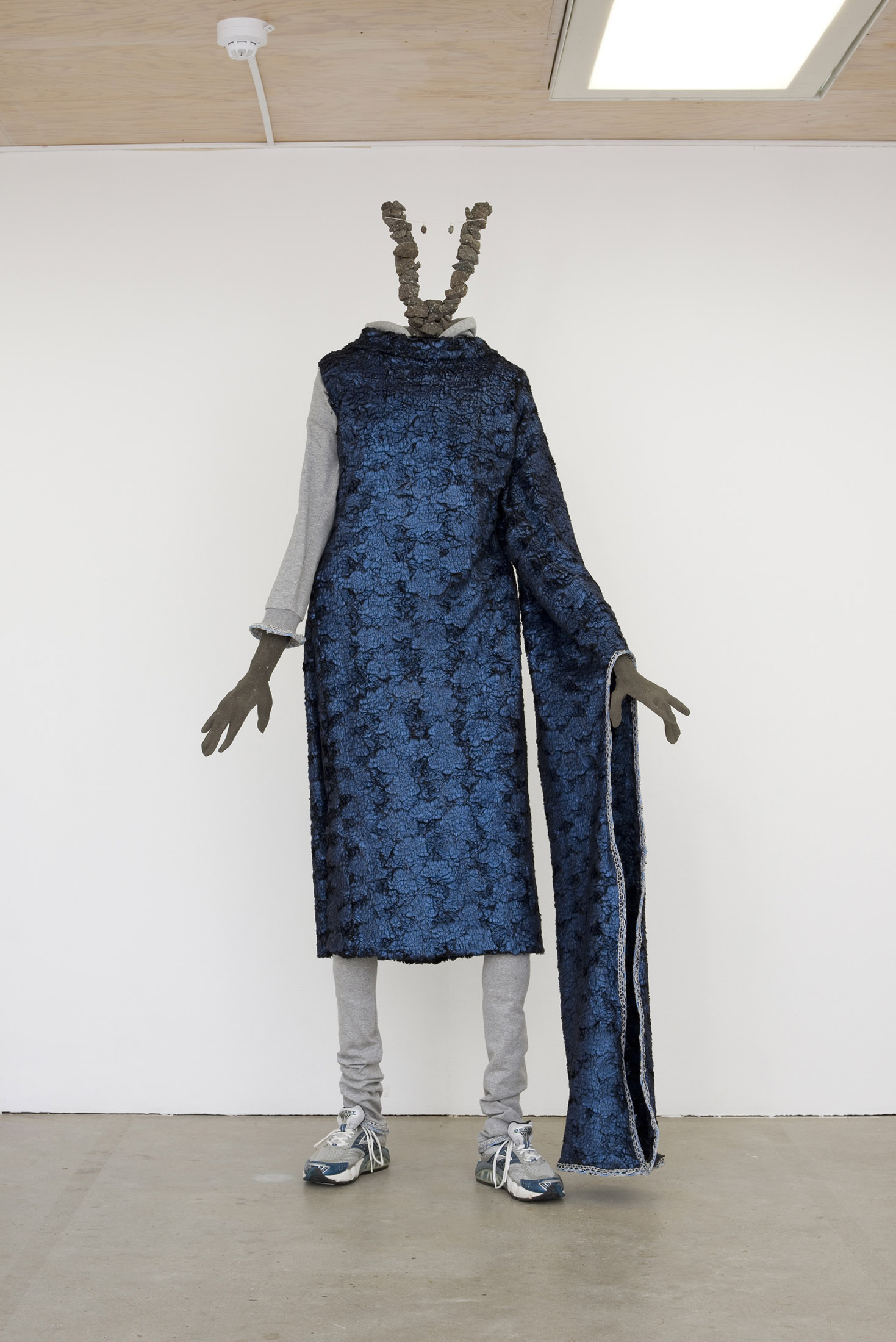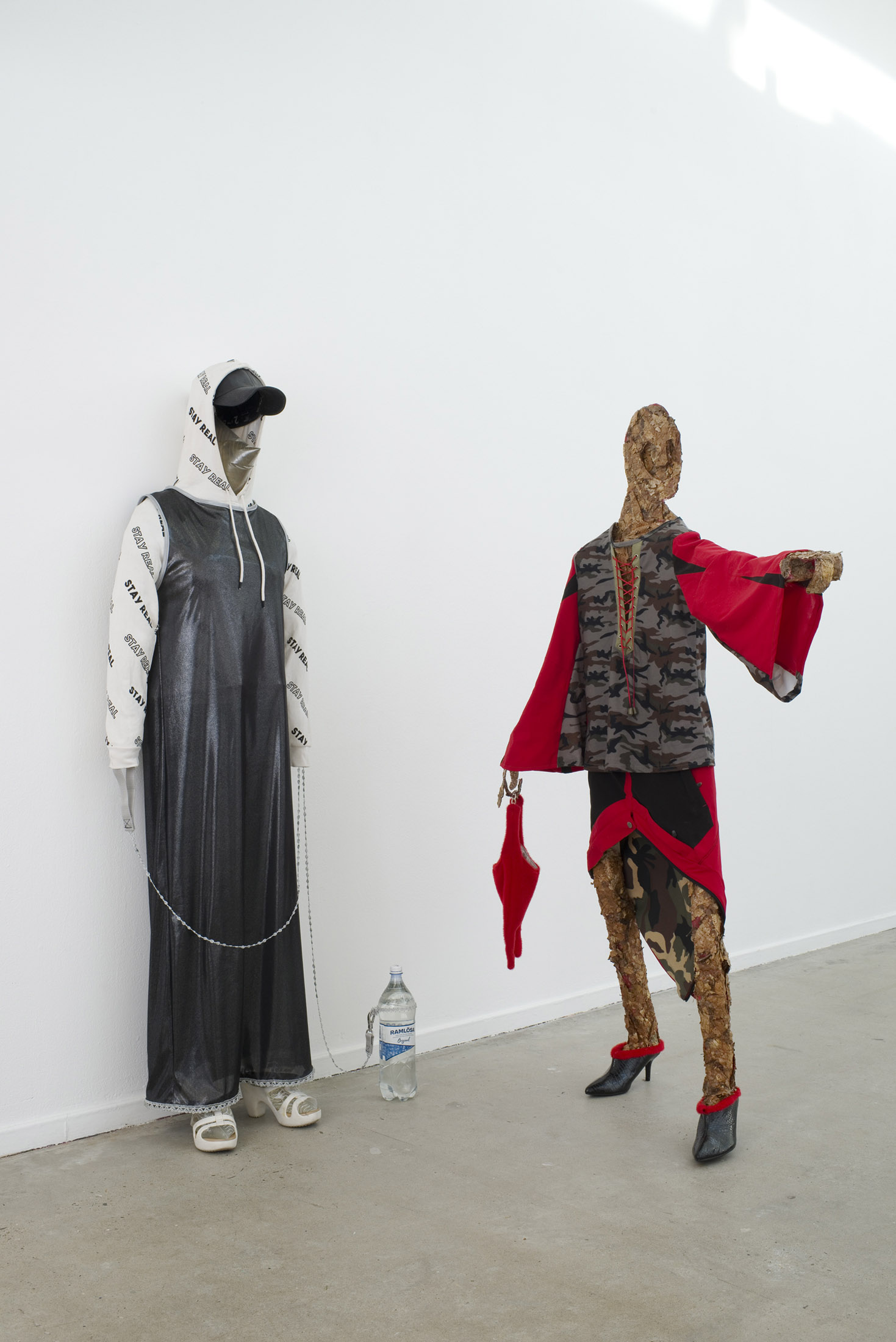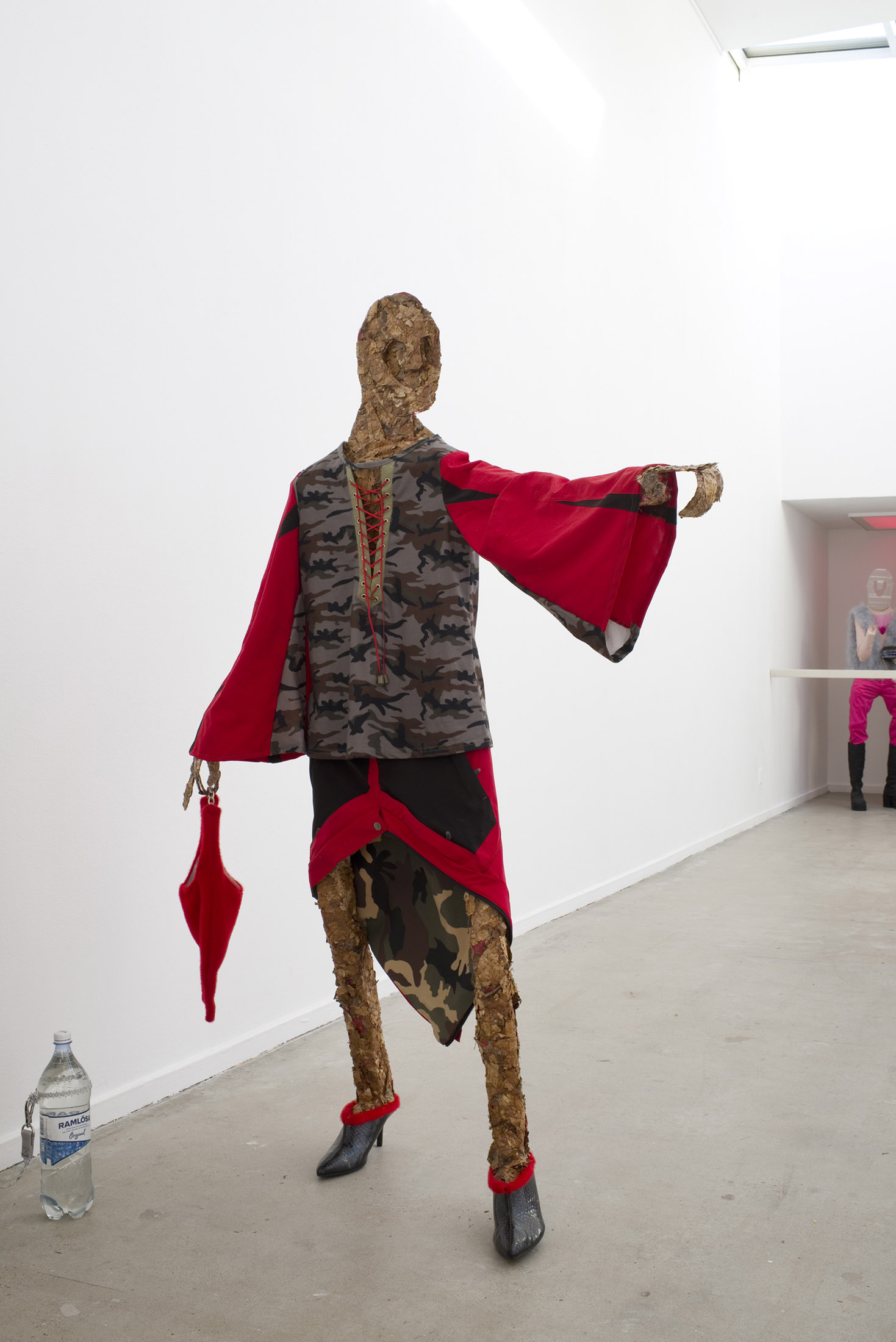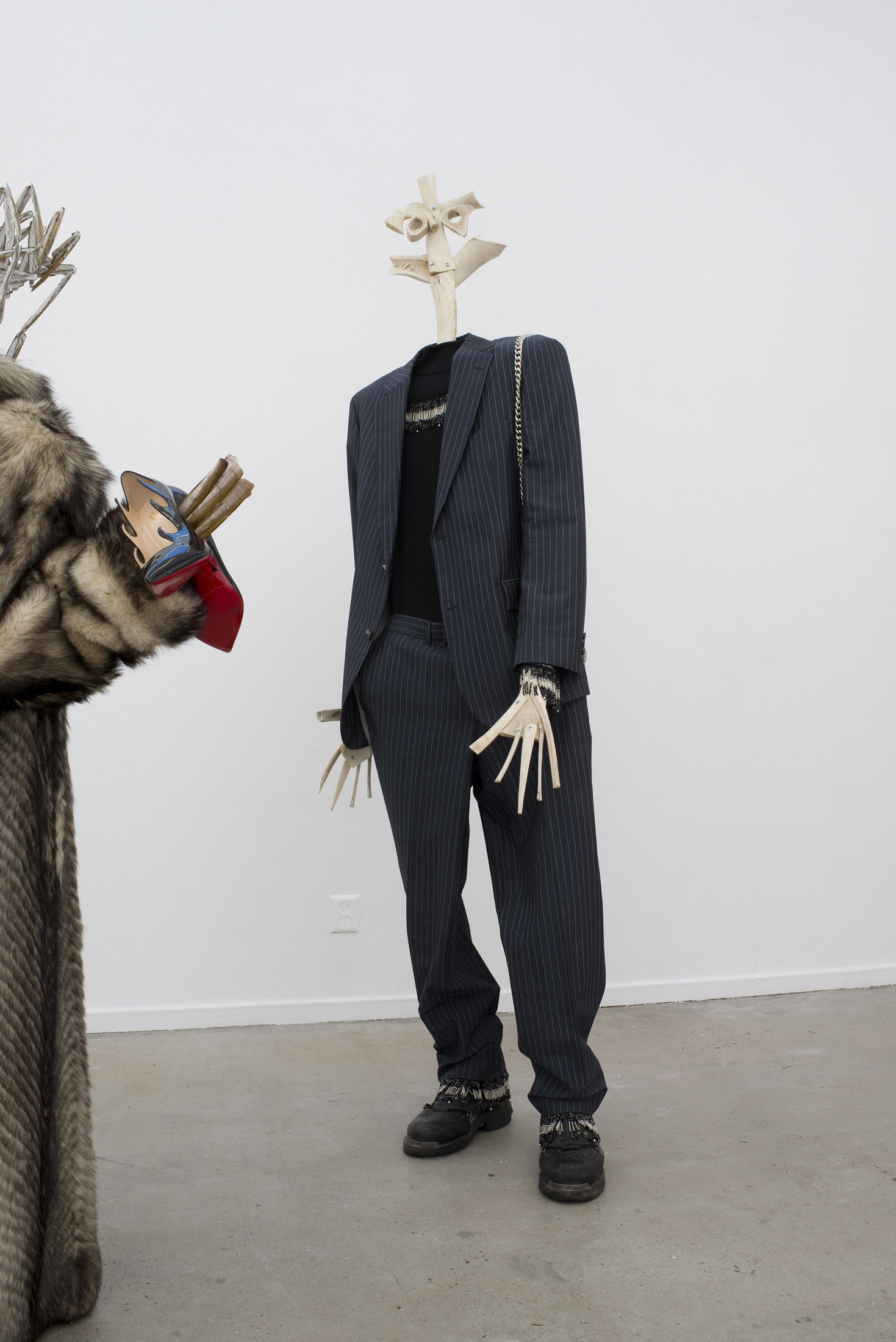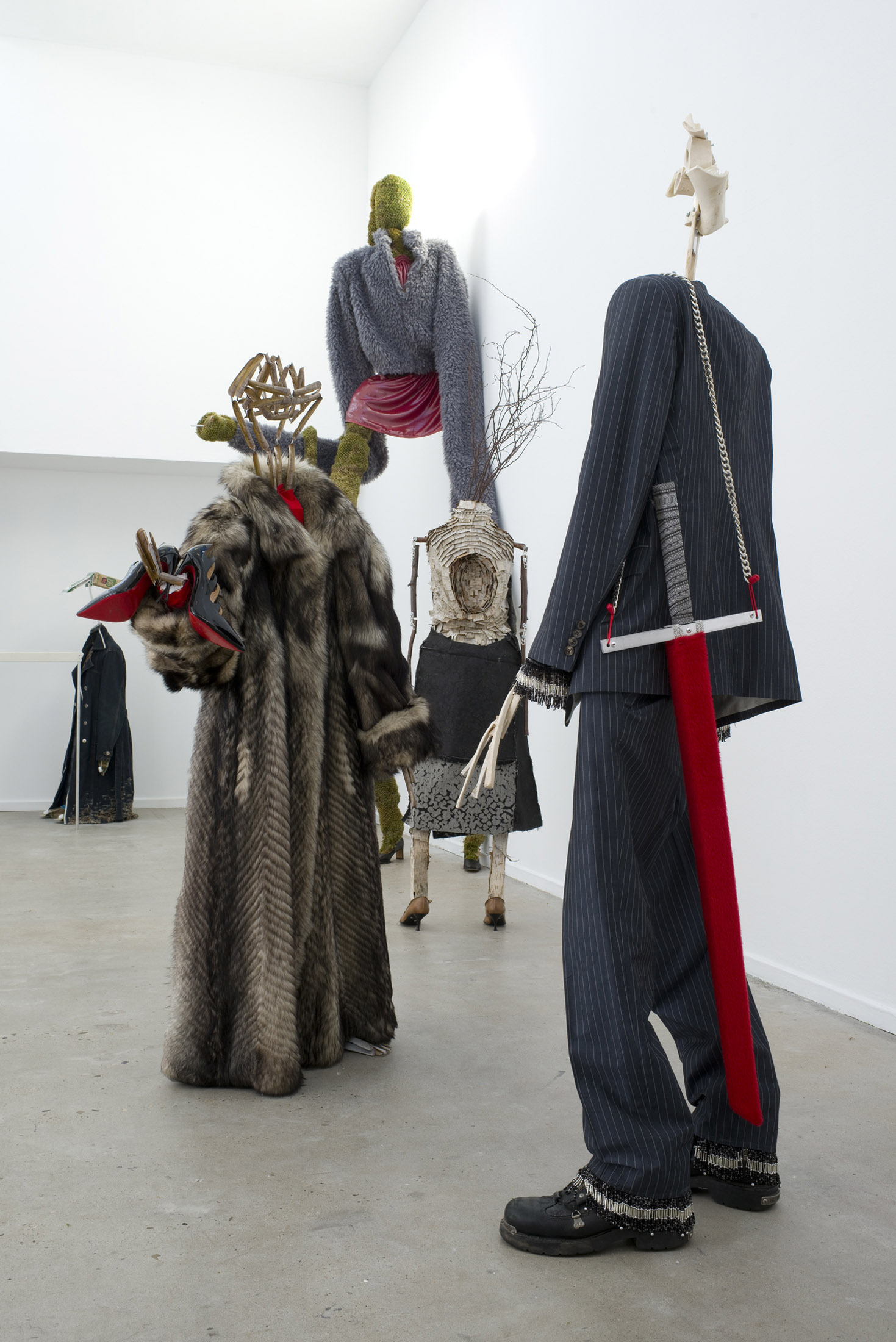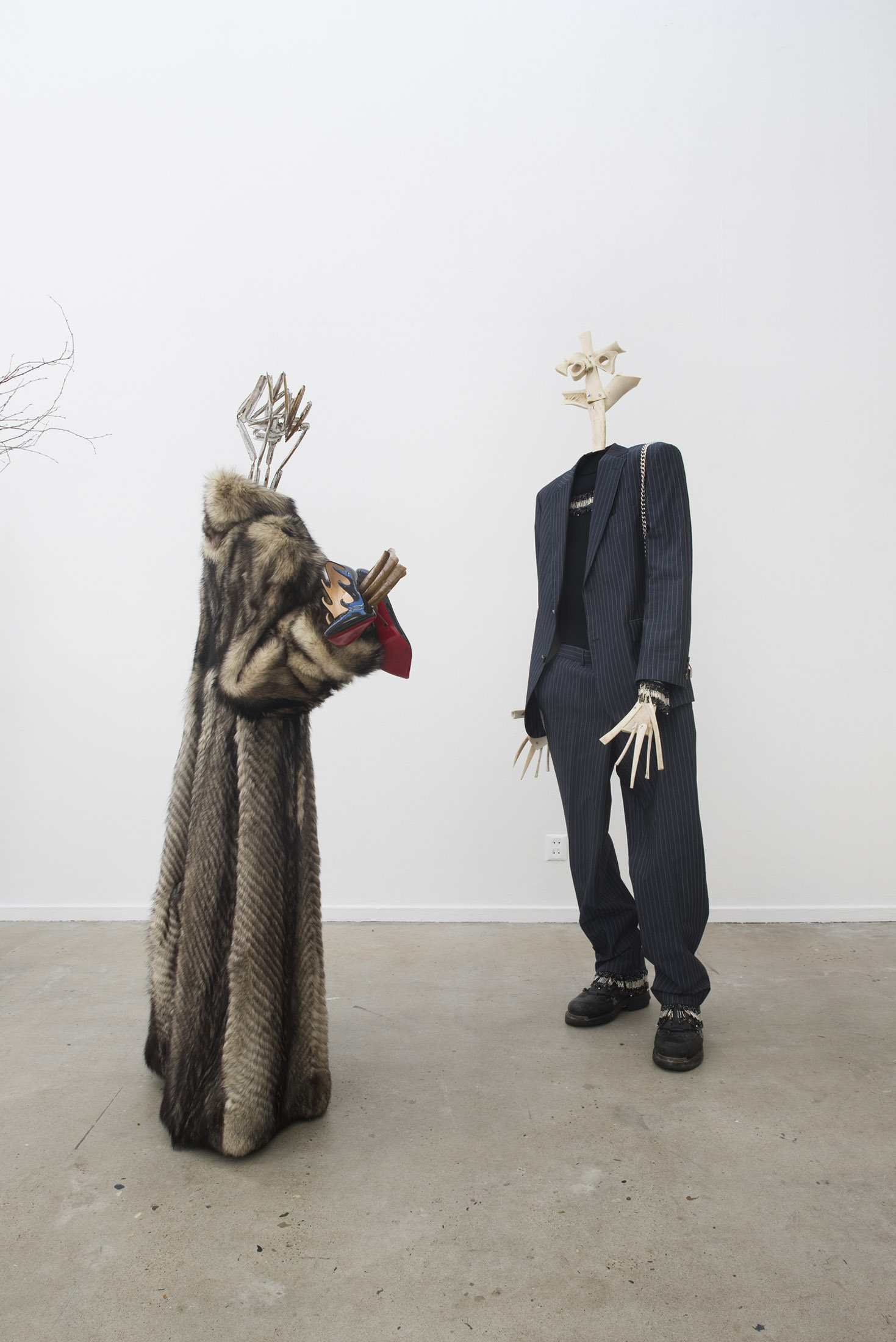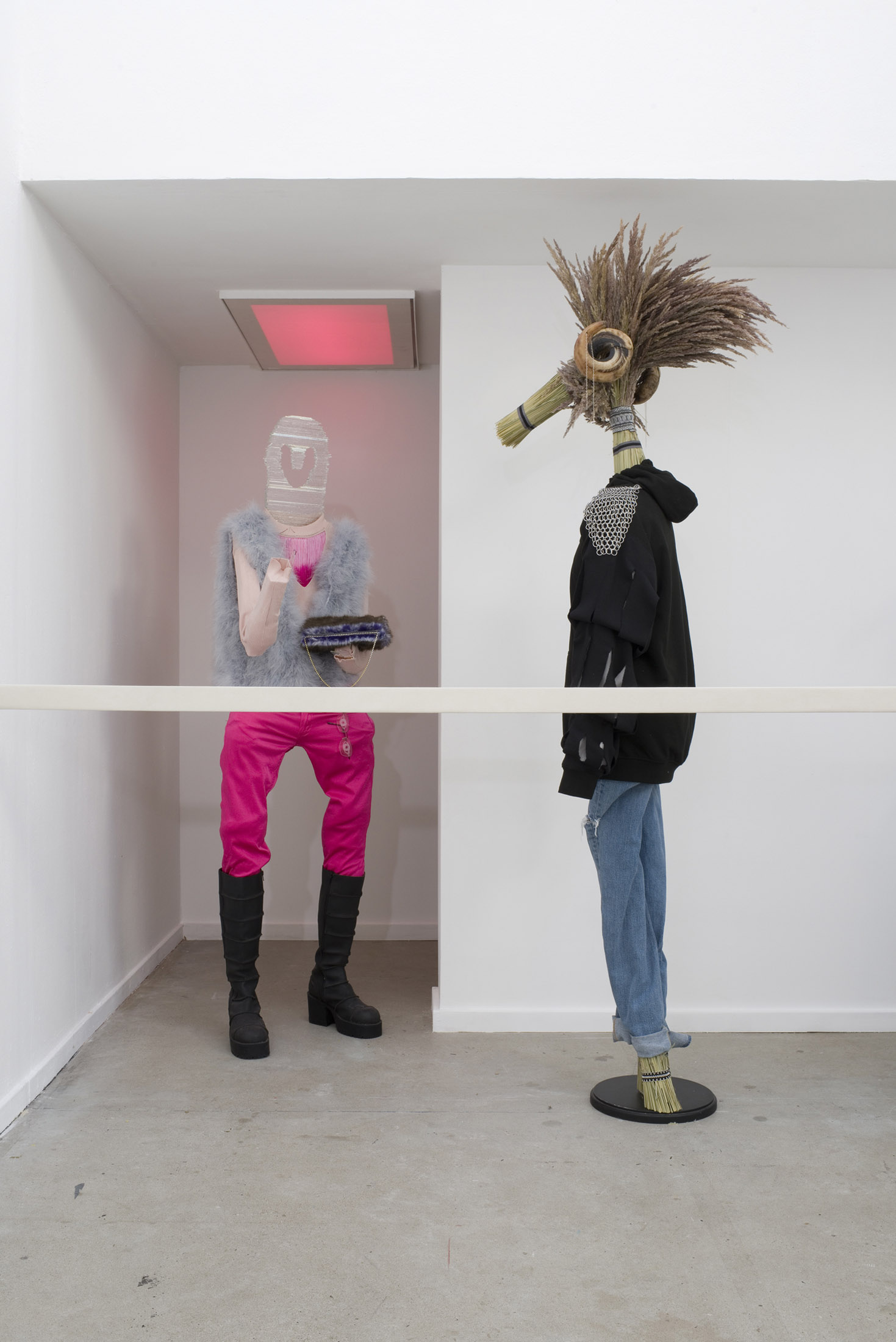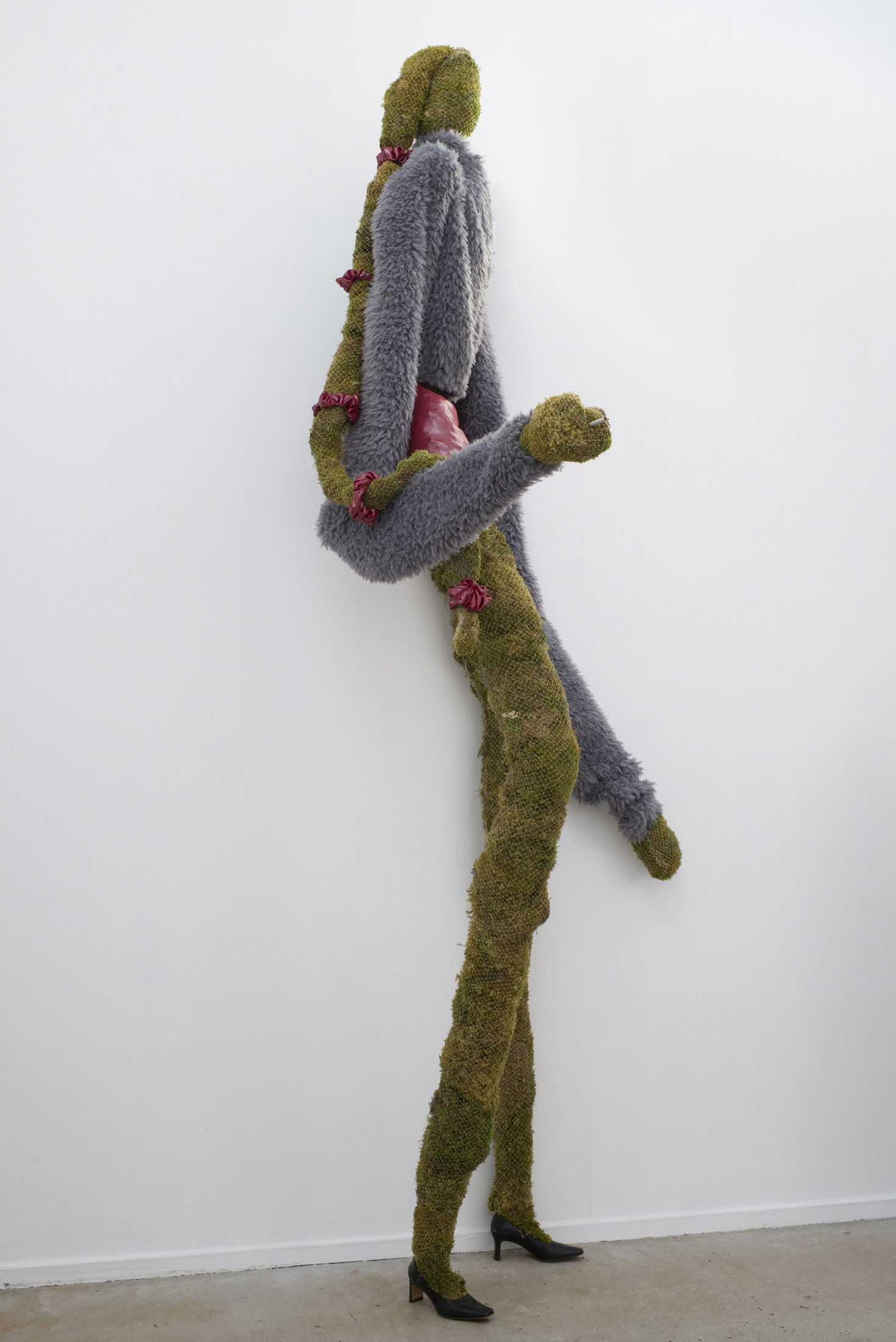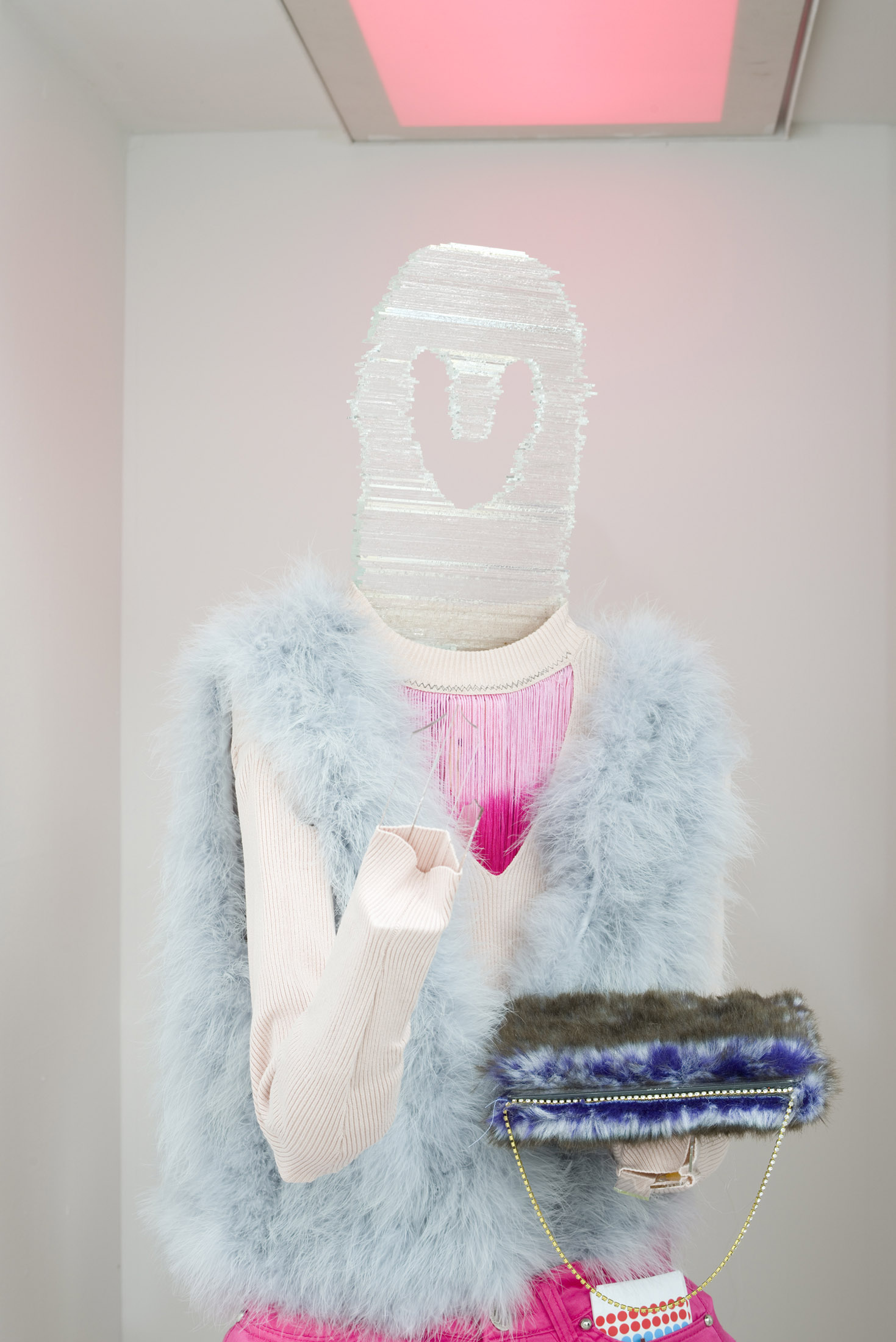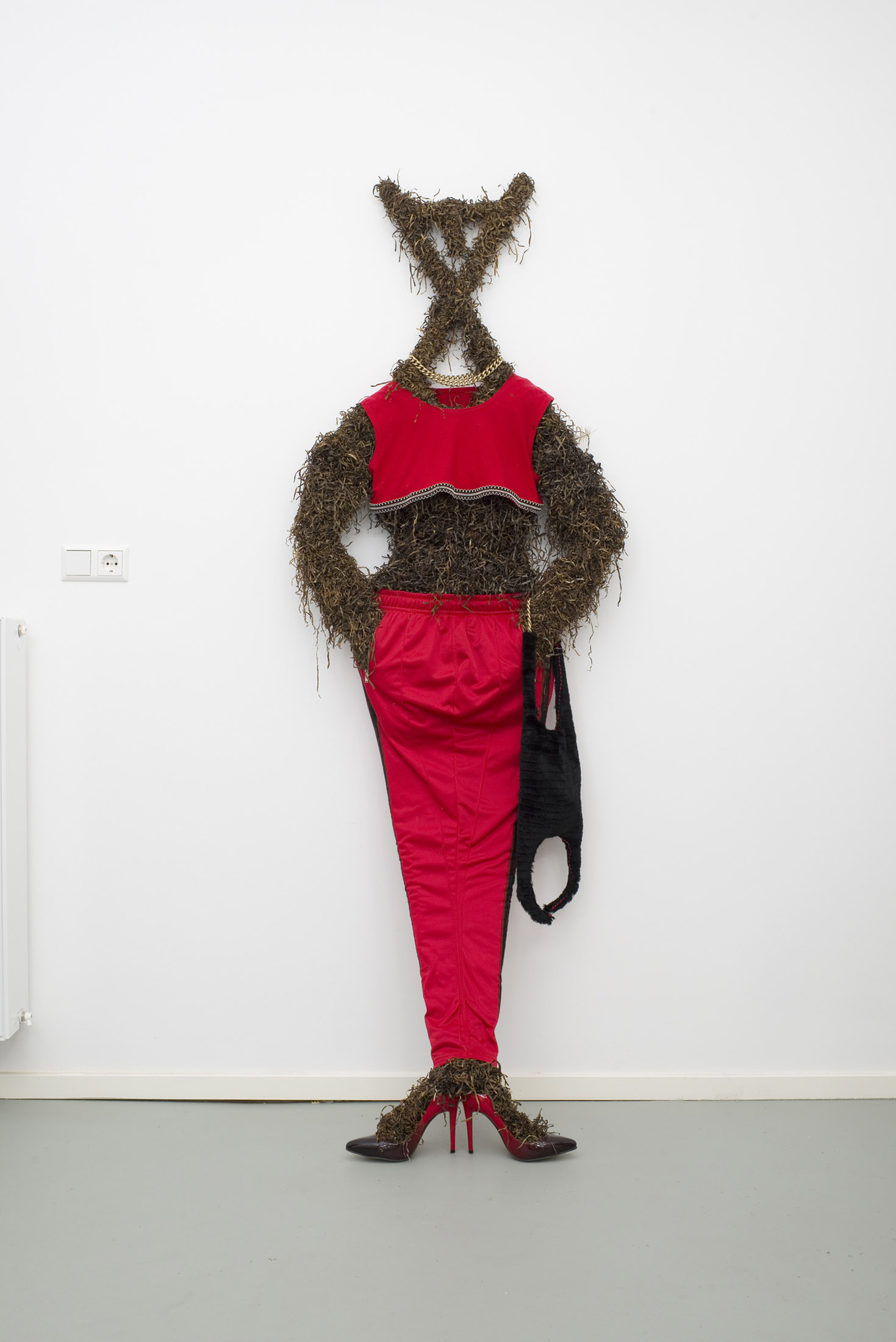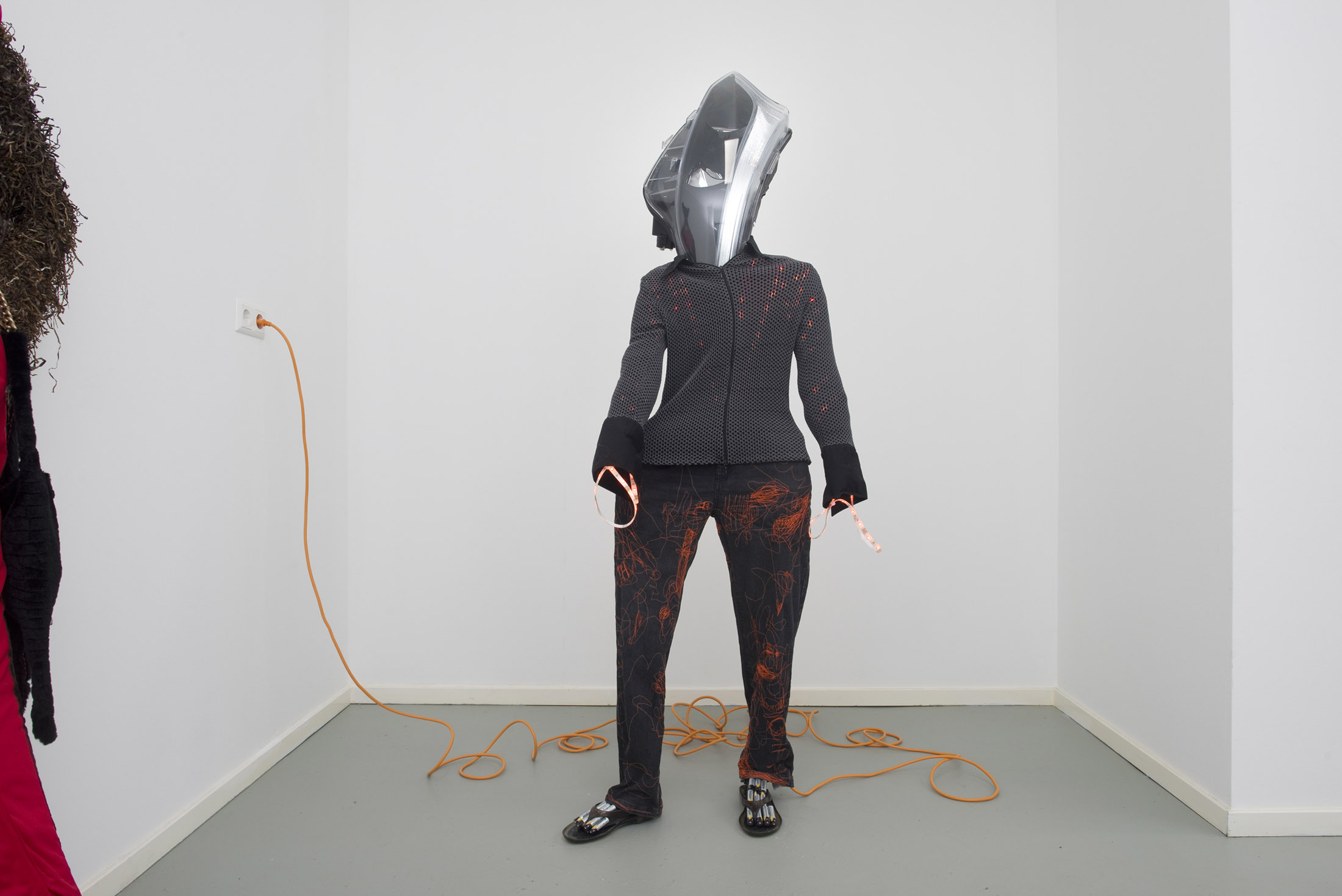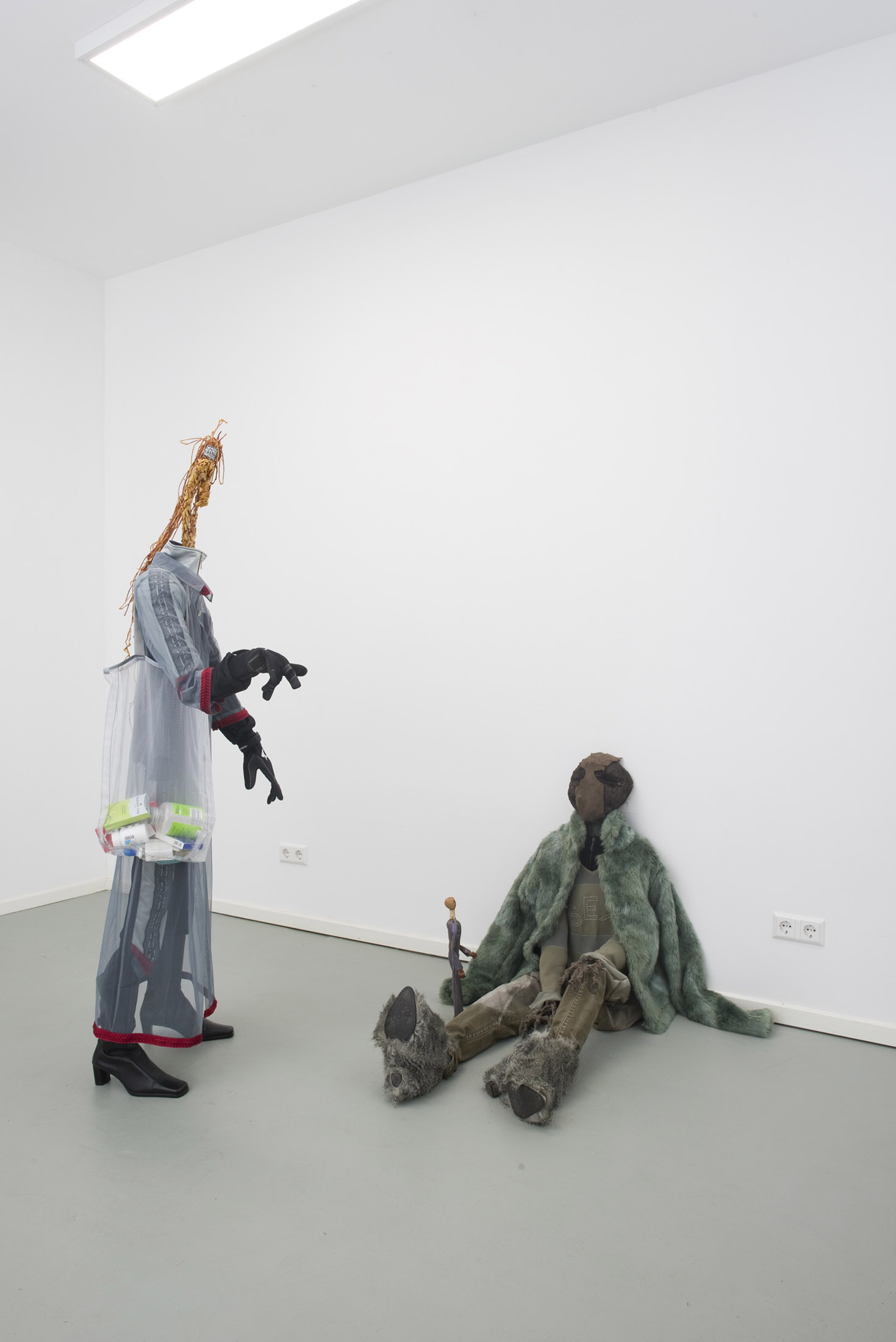Artist: Rasmus Myrup
Exhibition title: Salon des Refusés
Venue: 1646, The Hague, The Netherlands
Date: January 26 – April 7, 2024
Photography: Jhoeko / images copyright and courtesy of the artist and 1646, The Hague
Note: Exhibition booklet is available here
“1646 celebrates diversity in a time when division and exclusion seem to gain ground in The Netherlands.”
1646 co-directors: Clara Pallí Monguilod & Johan Gustavsson.
Amidst the current Dutch political climate, where people’s differences seem to be a motive for exclusion and divide, at 1646 Rasmus Myrup brings to life a group of Nordic folkloric characters. They invite us to think about the need for imagination and how diversity needs to be celebrated and protected.
The new works in the exhibition Salon des Refusés by Danish artist Rasmus Myrup are a co-production between 1646 and the Gothenburg Biennial and the exhibition is a collaboration with Le Criée, in Rennes, France.
A group of folkloric folks who have been ousted from modern Nordic normativity are hanging out in the exhibition. They are all gravitating towards the entrance of a club, waiting for us to leave so that they can come alive. This is a space where humans can’t go – their safe space. A space without us.
These mythological beings, with bodies of the natural materials they animate, wear custom-made garments that express their personalities, as contemporary embodiments of their ancient, actual legends.
These figures are beings of the past, in a contemporary context. Not unlike ourselves, yet completely different. For instance, the powerful earthly deity and single mother of four magical oxen, who drops acid once a year to alleviate the pressures of parenthood. Or a forest elf who is sick and tired of having to cover up the hole in her back, just because the human men can’t stop gawking at it…
The cultural past is repeatedly hijacked by extreme right-wing conservatives attempting to distort history to fit into their often patriarchal, misogynist, homophobic, cis-centric worldview. Resisting this suffocating grip, Myrup re-reads the sources of the past and brings forth their sensuous, queer and progressive characters.
Originating from oral storytelling, these personages arise from a collective subconscious, representing a wilderness in both reality and thought. Myrup aims to rediscover these ever-changing tales and gain a deeper understanding of our own present time in the process.

